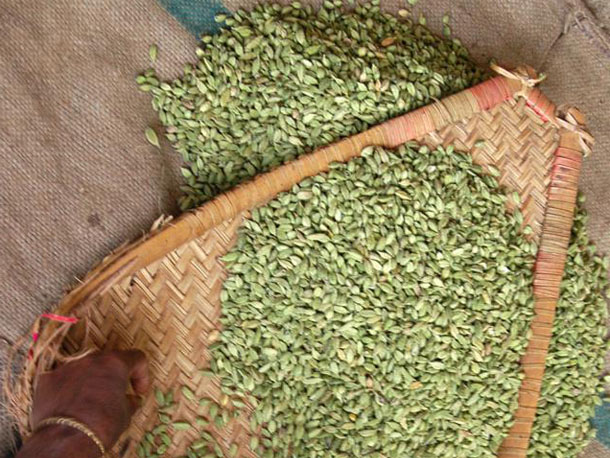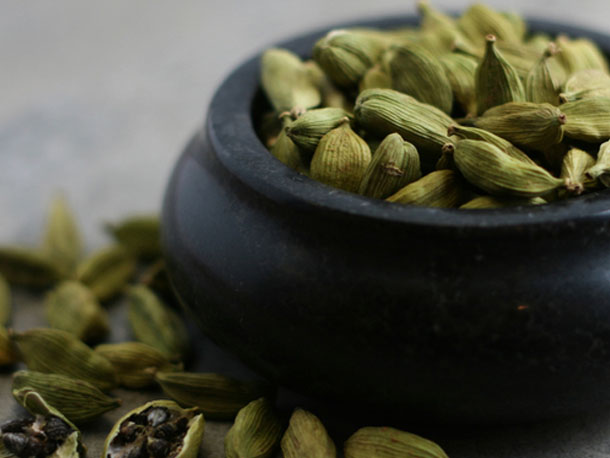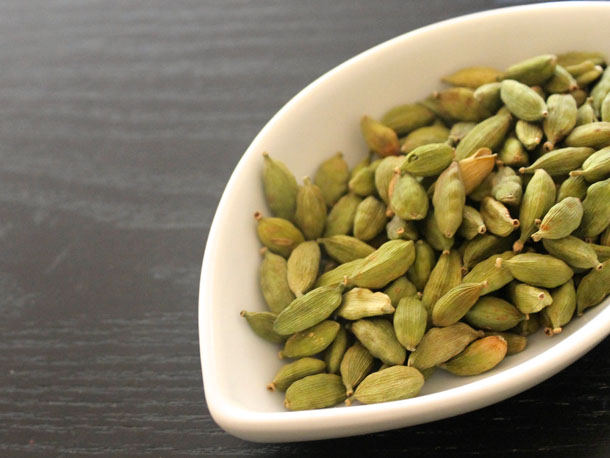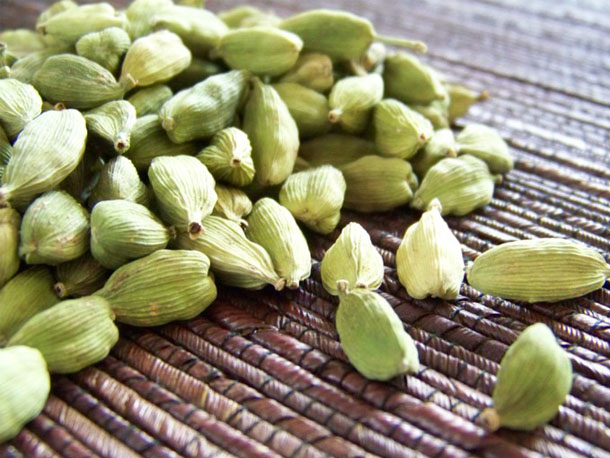Heavy rains cloud outlook for key cardamom crops

The international cardamom market has entered a confusing phase in terms of the outlook for crops in India and Guatemala following reports of heavy rains in both key origins.
A recent report from Spicexim warned that heavy rainfall in Indian cardamom growing areas in July and August had led to crop damage, prompting estimates of a 25-30% fall in production from initial very favourable expectations of 16,000 to 18,000 tonnes.
The risk of potential rain damage was highlighted back in August by Emperor Akbar Green Cardamoms, another key Indian exporter.
Marco Van der Does of AVS Spice Brokers said it was difficult to know how to judge the latest reports from India, particularly in view of the added pricing influence of the country’s spice exchange. However, he acknowledged that it was feasible as there had been indications of heavy rainfall across much of Southeast Asia over the period.
Meanwhile, sources in Guatemala have warned that harvesting of the forthcoming 2013/14 crop is likely to be delayed from its scheduled start in October due to heavy rains.
Andrew Barker, managing director of PBA Brokerage, said: “The pods at the moment are immature and the suppliers have not really bought anything. They think they will start purchasing raw material around mid-October, depending on the weather, and exports are likely to start in November. So it’s at least a month late.”
Van der Does remarked: “That can cause some shorts with buyers that were waiting for the new crop and delayed their buying. That can have a short term effect. On the rest, it’s about the crop size, and Guatemala is every year a big surprise and I don’t dare to say anything about it.”
Van der Does recalled that last year (2012/13) the market was caught out by a bumper crop in Guatemala, whereas the previous year’s crop had been very small.
Trade estimates have put the 2012/13 crop at around 35,000 tonnes.
Barker cautioned that heavy rains would not necessarily mean 2013/14 output would now be lower. “It could actually increase the crop size,” he noted.
Van der Does commented: “I agree that heavy rains will not tell much about the crop size.”
However, with India and Guatemala both citing crop impacts from rain, the market would be in a confused state, Barker observed.
One Rotterdam trader said it was too early to form any conclusions from the latest reports out of Guatemala. He revealed that he had heard that initial estimates were indicating the 2013/14 Guatemala crop would be about 10% smaller than that of 2012/13. “The difference is that the carryover this year is smaller than last year so that might have some impact on the prices – maybe not right away, but later in the season,” he said.
Barker added: “Everybody is very quiet but it will go into panic mode quite soon because people are not going to want to wait this long.” In view of the uncertainty, buyers in the Middle East might look to purchase some material left from the 2012/13 crop, if they could find any, Barker felt.
The Rotterdam trader and Van der Does both confirmed that demand was subdued. “People are less willing to speculate on this item now because a lot of them burnt their fingers in the past,” Van der Does added.





